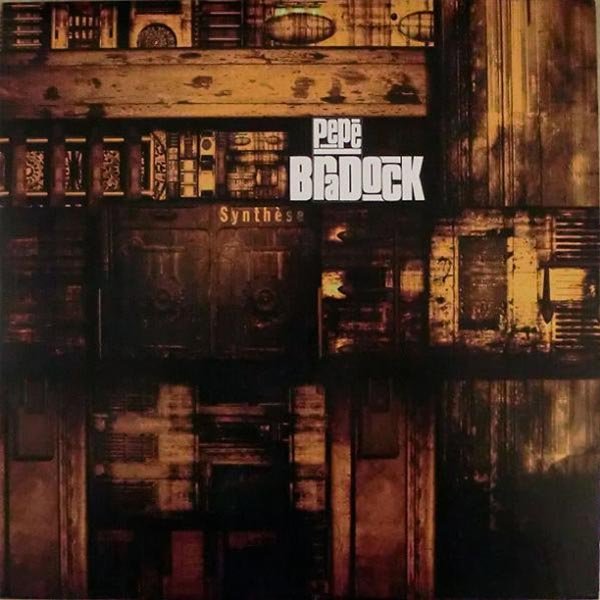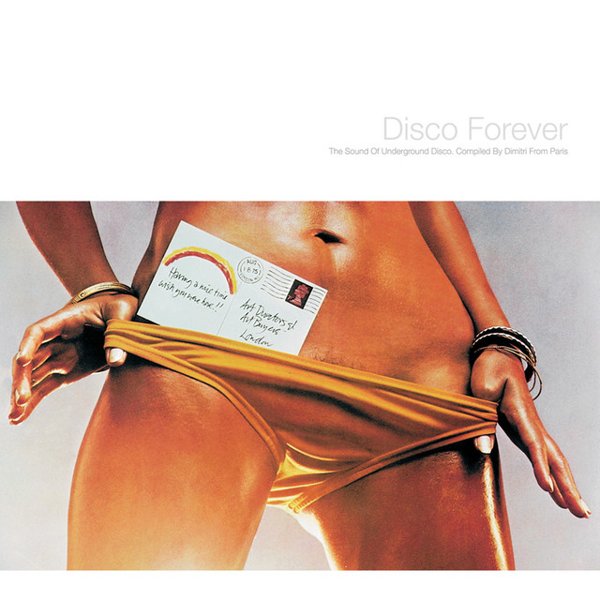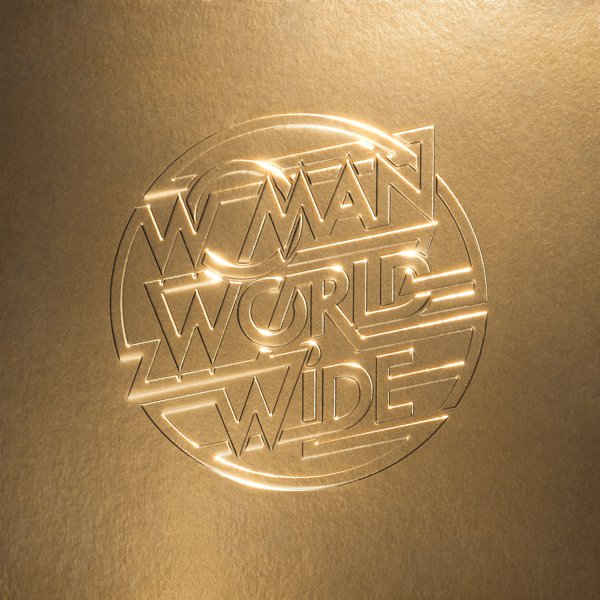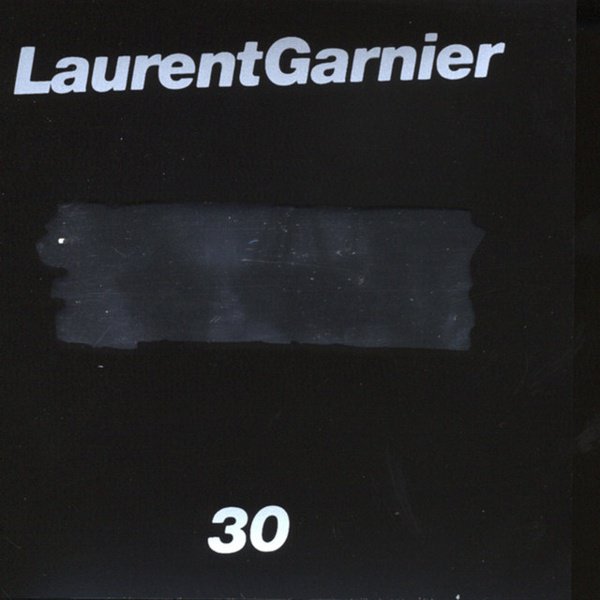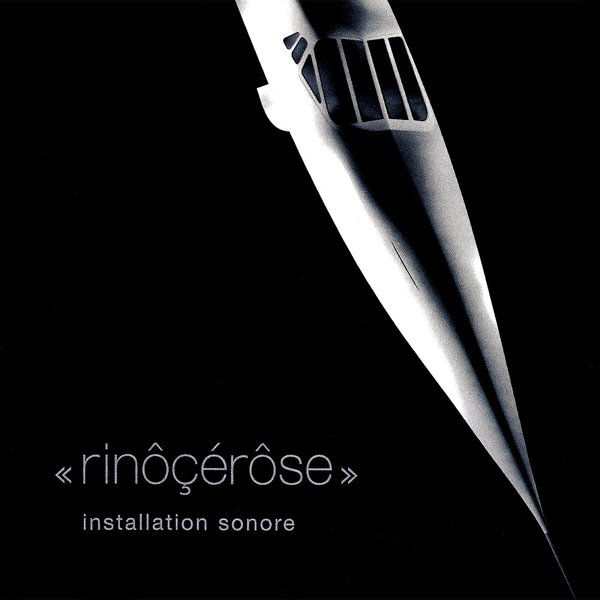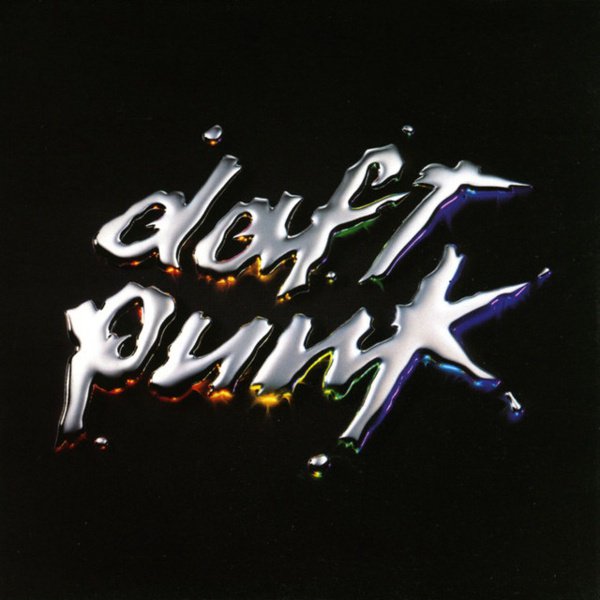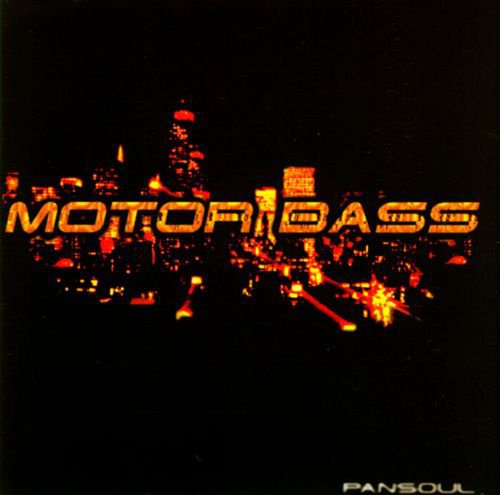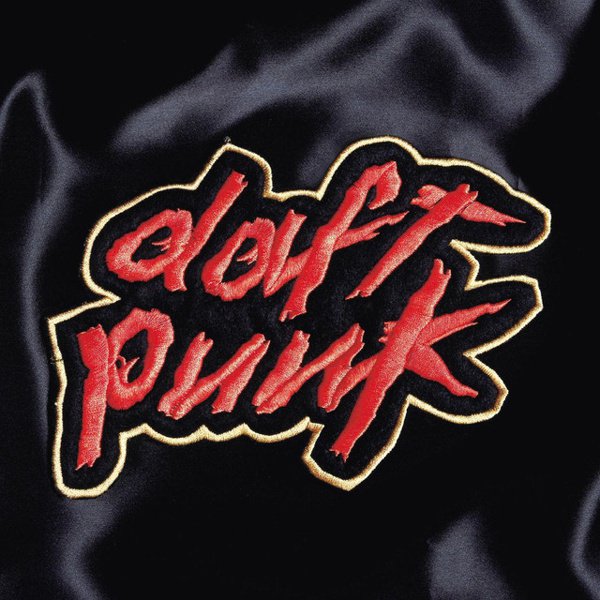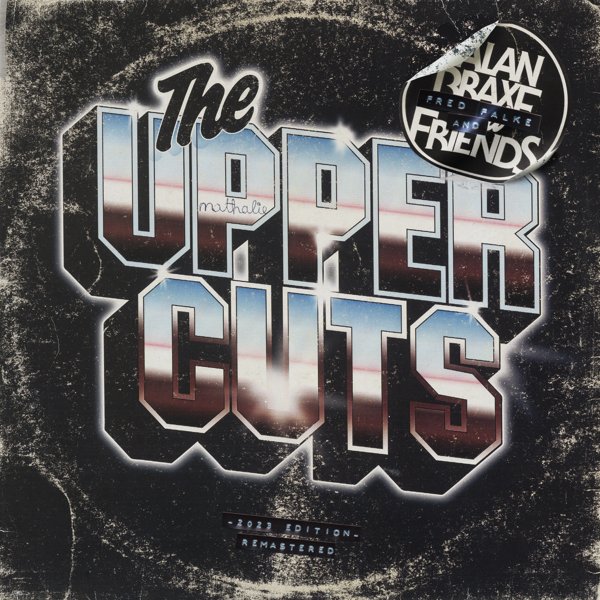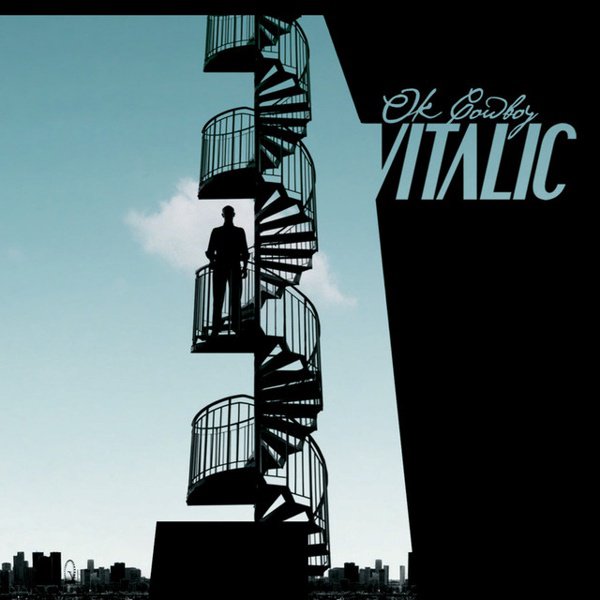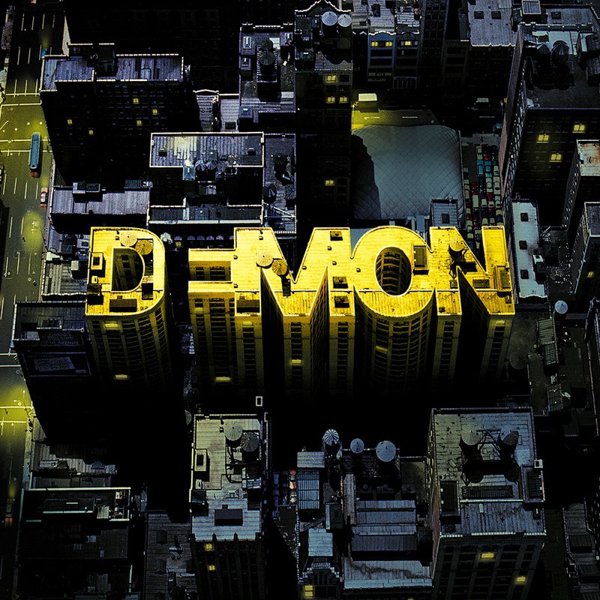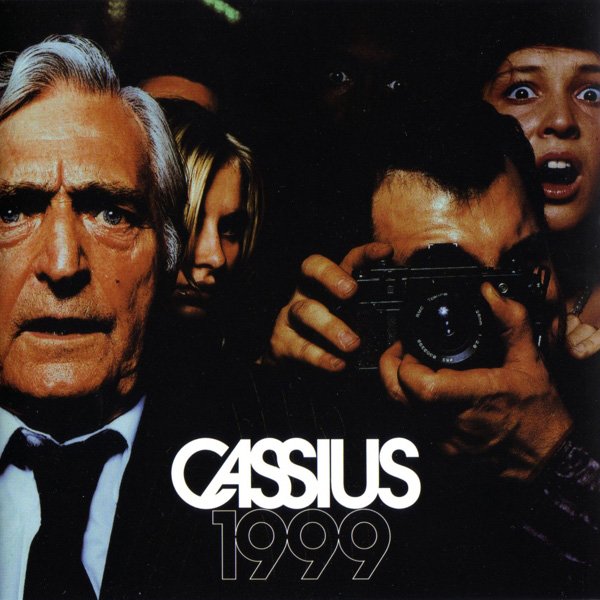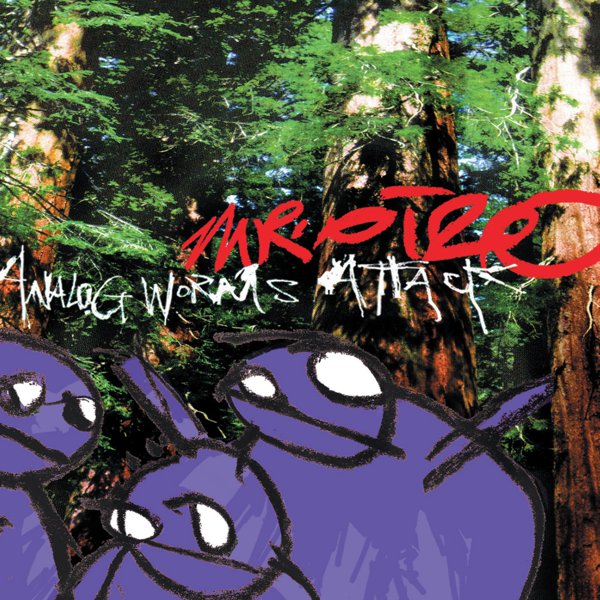From an outside perspective, it’s fascinating to watch the battles that the preservers of French culture try to wage against the undue influence of other nations — a stuffy, elitist nationalism that goes at least as far back as the 17th Century establishment of L’Académie française and its tussles over Anglicization, and extends far beyond the boundaries of pop culture to stress over the anxieties of foreign infiltration. Pair that with the tendency for France’s own stereotypical cultural milieu to look stuffy and elitist to the rest of the world — its reputation for fine art, esoteric cinema, upscale cuisine, quirky-twee aesthetics, and overall snootiness — and it seems like it’d be a hard sell to convince anyone that this culture could ever be one of the great epicenters of popular dance music. But it was, in part because it dared to offer a new vision of a national cultural identity — a movement so ambitious and wide-ranging in its affections that it was less describable as a codified genre than as a vibe-based flourish: French touch.
“French touch” — a term that originated in Parisian club circles, but was popularized by British Melody Maker journalist Martin James — is kind of a tricky category. That especially holds when applied to a movement that was based in so many converging influences from both inside and outside its nation’s borders, often in defiance of what mainstream establishment French culture seemed to approve of. It’s frequently conflated with French house and/or techno specifically — the tack this guide is taking — though it’s also been applied to more downtempo artists like Air (whose retromodern space-age-bachelor-pad sound doesn’t entirely fit here — even if it makes for great post-clubbing comedown music). But that vagueness is another crucial part of it: so many of its artists arrived at the same general clubland locale after taking some disparate musical journeys to get there, and with a recognizable yet under-represented set of precedents to draw from, they wound up synthesizing an international aesthetic that established the potential for a signature sound while refusing to adhere too closely to a rulebook for it.
To be fair, this is the country that literally minted the modern concept of the discothèque in postwar Paris, and a generation later produced some of the biggest auteurs of the scene to break internationally; Cerrone, Space, and the Jacques Morali/Henri Belolo partnership all made their mark at the peak of disco’s post-Moroder European incursions. This was a bright but brief outburst of global success that eventually receded even without a disco suce backlash, largely because all the big French labels were slack in cultivating a sustainable national scene — what, wasn’t chanson enough for these people? So once the governmental rein on state-run radio finally loosened in the early ’80s and new stations like community station Radio FG were left to meet (and stoke) the demand for dance music, it was largely driven by imports; while French synthpop and new wave artists made some incursions, the hardcore fans who were tuned in to the club sounds of the ’80s tended to turn elsewhere: New York, London, Detroit, Chicago, Los Angeles. Even the biggest tastemaker DJ to come out of France and make a name in this transitional period, François Kevorkian, did so while based out of NYC; when he became one of the most in-demand remixers of the ’80s his influence on French dance music came through remixing the biggest stars of UK pop.
But Kevorkian, like the countrymen who followed in his footsteps, saw dance music holistically: not under the rockist edicts of roots-bound preservationism and genre-purist border-drawing, but a curiosity and fascination with the permeability of this sound and how adaptable it could be while also leaving a lot of room for exploration and surprise. They never really rejected rock entirely — at least, not in the sense that they gave up on their youthful enthusiasms for the classic rock and/or punk influences that might’ve thrilled them before they discovered dance music — but they tended to reject their rules about status and hierarchy, high and low culture, what was “authentic” and what was “kitsch.” Their ideal for funk, for instance, was in the spaced-out, comedic/profound surrealism and cutting-edge tech of George Clinton’s P-Funk mothership, where the amazing musicianship and sharp popcraft came with wigged-out cartoons and jokes about butts. It might not have been rude, but it was irreverent, often in ways that precipitated a wider sense of freedom.
The French club scene was still able to sustain itself well through the early ’90s, with some of the most pivotal DJs and producers — Laurent Garnier, David Guetta, Mirwais Ahmadzai — holding court over a scene not like many others, rooted in gay clubs like Le Boy and their more mixed-clientele trend-adopters like The Rex and Le Palace. When raves supplanted clubs as the driving force of dance music in the early ’90s, the music shifted accordingly — higher BPMs, harder beats, more intensity — but a combination of gradual burnout and overzealous law enforcement eventually steered crowds back indoors, where they wouldn’t have to deal with doing bad drugs in muddy fields. Once Radio FG started specializing in house and techno in 1992 — paralleling the similar moves made by other stations like Galaxie Radio and Radio Contact — it also spurred further demand for these sounds, and soon a prominent subculture coalesced around this moment that set about figuring out how to create something in this world that felt like it belonged to them. This generation of clubbers took to American and British influence in a similar way that the swing-era zazous and the postwar jazz heads did — though their studiousness and enthusiasm meant their idea of Frenchness had a lot more in common with the Belleville Three than the Triplets of Belleville. Record stores like Bastille’s BPM and the nearby outpost for UK importers Rough Trade accelerated the creative cross-pollination, where clubbers-turned-DJs-turned-producers would come in, look over everyone else’s shoulders, and let word of mouth ricochet between an increasingly tight-knit group of artists who were all undergoing their own efforts to find a unique voice in this movement.
It took a while to find it. In one sense, the original French touch artists could include the likes of St. Germain and Dimitri from Paris, whose respective albums Boulevard (1995) and Sacrebleu (1996) drew from a pre-Mancuso idea of dance music that drew from jet set-era jazz and lounge music. But the most popular and enduring strain of French touch came through a more distinctly post-Moroder vision of dance music, one built by young visionary producers like Philippe Zdar and Étienne de Crécy — and promoted by an even younger scenester, Pierre Winter, who started going by Pedro as a gag and decided to stick with it. These tastemakers would eventually become high-profile enough to command a significant portion of French nightlife and club culture, even commanding the same Le Palace dancefloor (under the management of Guetta) that Grace Jones christened in peak-disco 1978. The club was on its last legs, granted — it would close for good in 1996 — and Zdar would recall Guetta griping at him for diverging too far from house into hip-hop during his sets (even though Guetta himself liked to mix the genres during his Rex residency a few years before) — but the scene would continue to thrive, even as they fought uphill battles against the preconceptions of dance culture from both the press and the police. All it needed was an international breakout superstar or two to really legitimize it.
By the time Le Palace shut its doors, Winter had spent enough time hanging around two on-the-rise producers that they asked him to be their manager. Those two producers were Thomas Bangalter and Guy-Manuel de Homem-Christo, and they’d already released a couple hot singles under a name they adopted from a derisive term another Melody Maker writer, Dave Jennings, gave their short-lived rock band Darlin’: “a daft, punky thrash.” “Da Funk” was already a growing phenomenon by then, and would make a crucial impact in their United States debut after causing a sensation at Wisconsin rave Even Furthur ’96, while at home they were central to Winter’s recurring party series Hype. They were hardly alone — by the late ’90s, Garnier and Eric Morand’s F Communications label was going strong, and Bangalter was signing likeminded artists like Alan Braxe and DJ Falcon to his new label Roulé — but Daft Punk soon became the always-obscured faces of French house around the world (around the world around the worrrrrld) off the widely-hyped and even more widely-loved 1997 debut full-length Homework. Their specialty was what would become called “filter disco” — a form of house that drew inspiration from the greats of mid-American dance and slotted well amidst the likes of Green Velvet and Carl Craig, but stood out for its tendency to lean into funk’s more in-your-face tendencies (wah-wah guitars were pretty popular) and tweak dance music’s repetitious tendencies by subjecting them to all sorts of filter and phaser effects that made even the most relentless beat sound unpredictable and dynamic. In the wake of a tendency for electronic dance music to lean on its intensely hypnotic nature, this little concession to hook-friendly song structure reinforced the idea that this stuff could work great as radio-ready pop music, too.
That sound led the first big wave of French touch, one that peaked between Homework and Daft Punk’s second album Discovery while carrying a lot of other artists up with them. But the inevitable creative restlessness over the potential for that sound to become tired and cashed out would eventually spur a second wave — one that almost served as a retort to the “rock is back” frenzy of the early ’00s, establishing itself as the disco wing of what people now call “indie sleaze.” Winter was central to this moment, too: after the French touch scene found simpatico concepts in the electro mutations that were emerging out of New York and Germany, Winter formed a label in 2003 that would provide a response (and retort) to it: Ed Banger Records, the label that foisted Stones-to-Daft Punk’s-Beatles duo Justice on the world and gave French touch a dirtbag rocker edge that remains contentious to this day. (“French touch” coiner James dismissed them as “[holding] none of the urgency and creativity of either the French touch or electroclash scenes that preceded it” — his loss.) But while this next wave might’ve been one step removed from their original influences — Winter once stated that Daft Punk were to Justice what the Chicago and Detroit producers were to Daft Punk — they’d emerged into a world where the biggest rapper was sampling “Harder, Better, Faster, Stronger” and David Guetta was on his way to supercelebrity DJ status. And while French touch’s prevalence seems to have receded — Daft Punk’s final album, Random Access Memories (not included here) feels more like a farewell than a culmination — its best still sounds wonderfully borderless.

